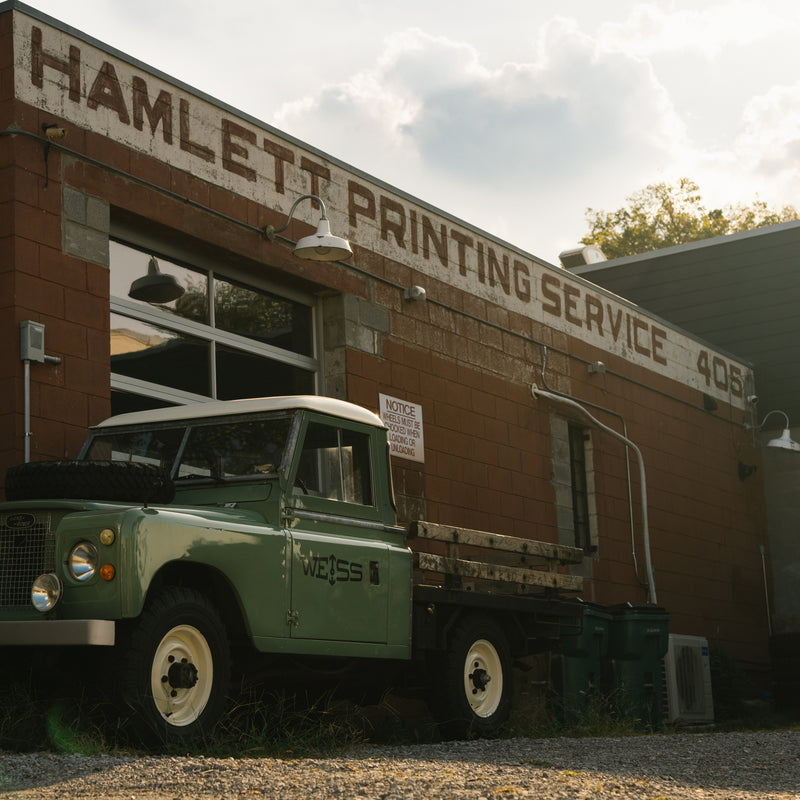Q: Not everyone can dedicate time to learning in a watchmaking school, but working on a timepiece can be a fun challenge, right?
A: It is certainly a challenge to learn and practice watchmaking, but it can be very rewarding at the same time. If you want to be a watchmaker professionally then a proper watchmaking school is the only way. However, like working on your own cars, there is a lot that one can teach themselves from simply buying some basic tools and some old pocket watches, and getting some hands on experience.
Q: Where do you even begin?
A: I recommend reading George Daniels - Watchmaking. It is a great book for an understanding of traditional ways that watches and watch parts were made and finished historically. Getting an old American made pocket watch movement and a starter set of screw drivers, tweezers and a loupe is also a great way to begin learning about the construction of watch movements. Very little has changed in the general mechanics of fine timepieces, and a pocket watch made by an American manufacturer in the early 1900's is still relatively similar to modern mechanical watches today. The benefit to the pocket watch movements is that they are large and robust.

Q: What is the most important tool?
A: Patience and a comfortable bench to work at are a must!
Q: How do you keep track of all the tiny components?
A: I have lots of small trays and many storage cabinets. Everything in my workshop has a designated storage place so that I know where to look for things without having to think too hard about it.
